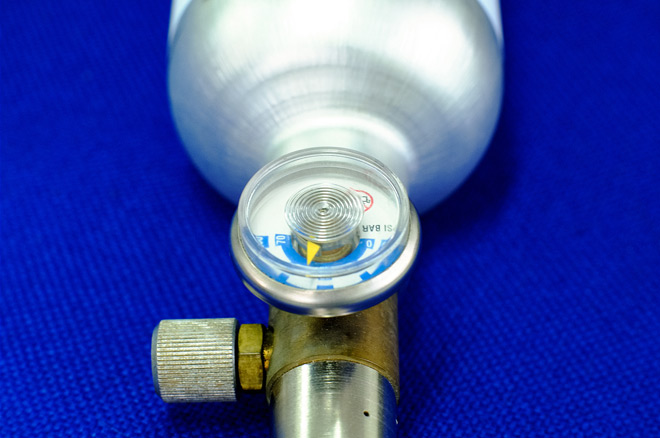

Full CALIBRATION or BUMP test?

February 21, 2017
It is neither always prudent nor is it always desirable that a full calibration, whether for a PID or an LEL is done on site; and for two reasons. Firstly, because the end user may not be fully trained to do this correctly. Secondly because sites can make the job harder from an environmental point. Temperatures could be variable. Imagine driving with the instruments in a car and arriving at a site where the outside ambient temperature is substantially higher or lower than in the car. There may be background noise; imagine a petrol forecourt. And so on.
But the BUMP test is another matter. Yes, you should absolutely do this! Check the zero in clean air or, if that is not available, use a (charcoal) filter and then check against a known gas. If the readings are more or less correct then you are good to go. Why so vague? Because these instruments, and the (field) gases used are not so precise. We normally reckon that “ball park” between 5% and 10% is probably reasonable.
So, what happens if they are not within the “ball park”? If the instrument has been prepared by a Van Walt trained rental technician, then he or she will have calibrated that instrument before sending it to you. If the instrument is recording out of expected spec, then it is probably pointing to an event which is causing a malfunction. For example, it could have been dropped while in transit. There could be a myriad of reasons but the underlying question should be “Can I rely on this instrument?”
At Van Walt, we try to dissuade (rental) customers from carrying out full calibrations but we actively encourage them to perform a BUMP test. If this reveals that there is a problem, then we encourage customers to return the item to us for an exchange, but, if that is not possible, perhaps because of time constraints, then at least to consult with our technicians by telephone so that we can assist and give advice.
The customer of course will have their own procedures. Some will insist on full calibration prior to measurements, some will perhaps insist on regular BUMP tests throughout the day.
This is a huge subject but I have only been allocated a few lines so I will finish by reminding everyone that a PID or LEL should be left on, at the ambient environment of the measuring point, for at least 15 minutes prior to use.
As ever we remain at the end of a phone or email if you have any questions and if you or your colleagues need refresher training then please let us know.
Vincent van Walt
You might also be interested in...
Van Walt Guidelines for sampling for PFAS in Groundwater
November 13, 2024We need to make clear, that at the time of writing, there are no ISO or EN standards which deal with the sampling of groundwater for PFAS.
Read MoreSpot measurement v. continuous environmental monitoring
August 25, 2023Environmental monitoring has developed considerably over the years. From the time when a consultant went out monthly or quarterly with a dip tape to monitor the groundwater level in a borehole, wind forward...
Read MoreMeasuring Nitrates (NO3, NO3-N) in the field
June 20, 2023The interest in Nitrates is nothing new. One way or another we have been measuring them for half a century.
Read MoreVan Walt Environmental Equipment
A small selection of our environmental equipment